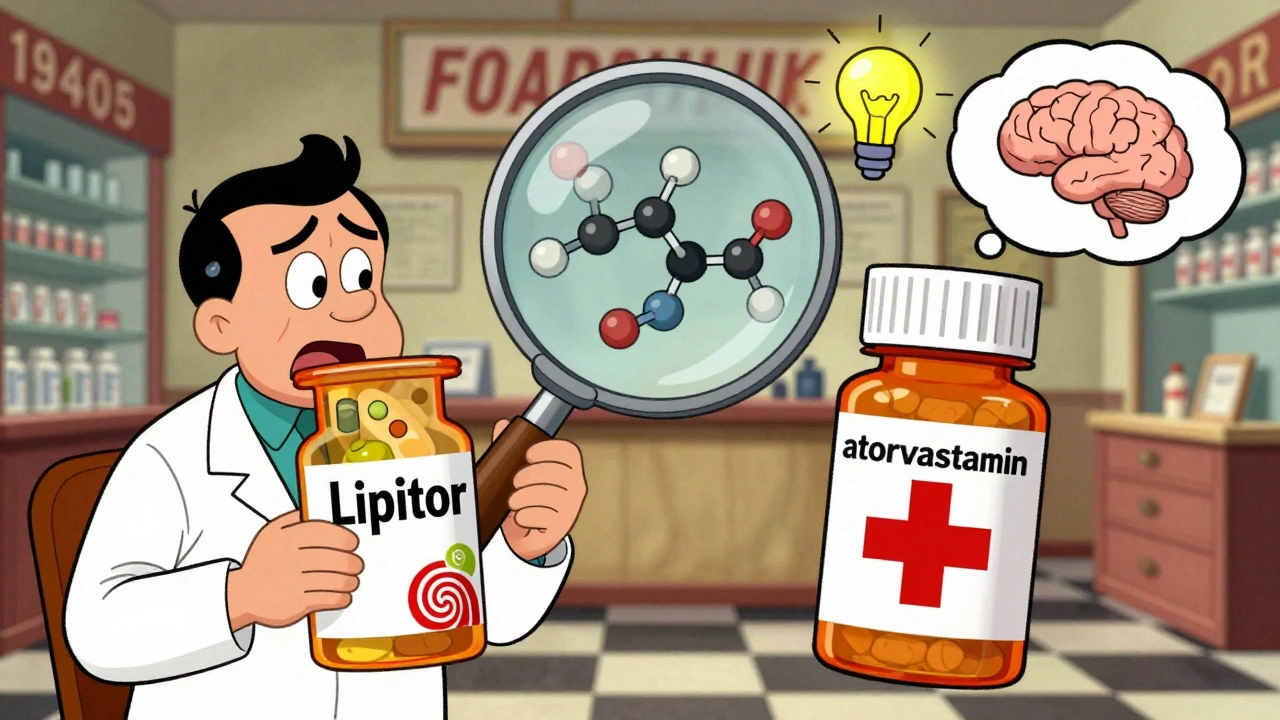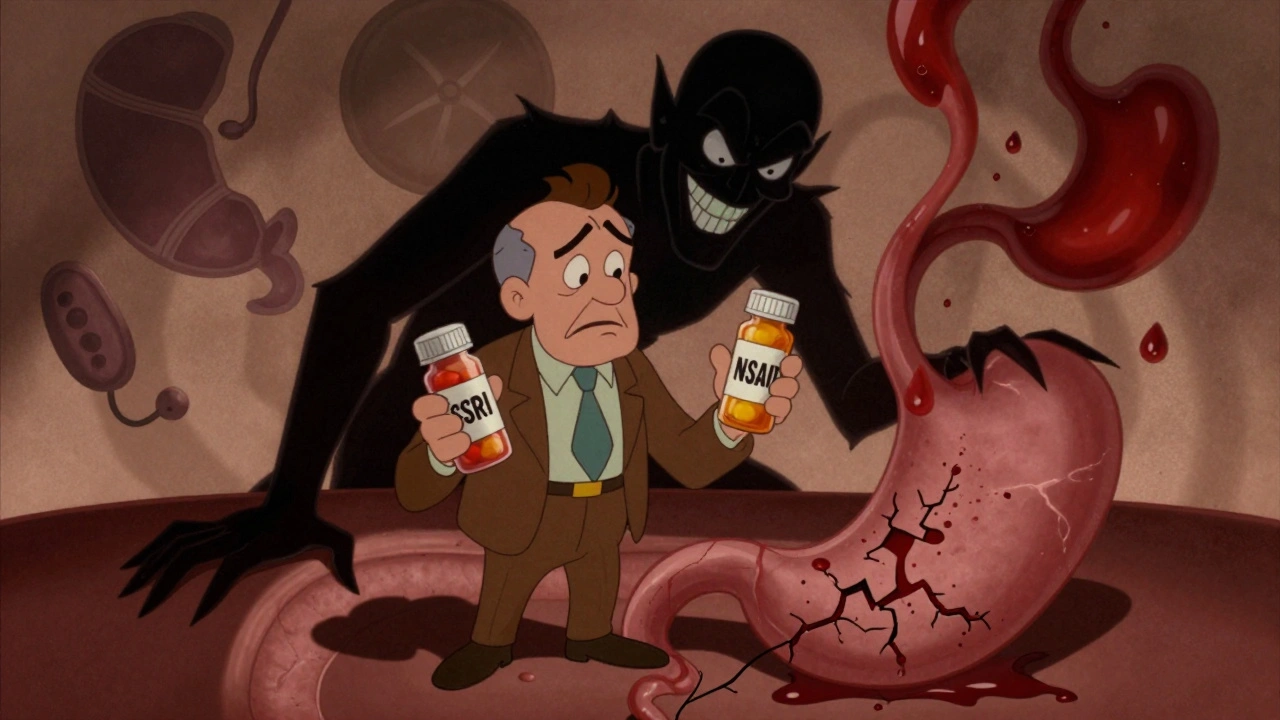High Ketones: What They Mean, Why They Matter, and How to Manage Them
When your body runs low on glucose, it starts breaking down fat for energy—and that produces high ketones, chemicals made by the liver during fat metabolism that serve as an alternative fuel source. Also known as ketone bodies, they’re not inherently bad. In fact, many people intentionally raise ketone levels through low-carb diets. But when they climb too high, especially in people with diabetes, they can become dangerous.
Diabetic ketoacidosis, a life-threatening condition caused by extremely high ketone levels combined with high blood sugar and insulin deficiency is the biggest risk. It’s not rare—it’s the leading cause of hospitalization for type 1 diabetics under 24. But it can also hit type 2 diabetics, especially if they’re sick, dehydrated, or skipping insulin. You don’t need to be diabetic to have high ketones, though. Fasting, intense exercise, or very low-carb eating can push levels up safely. The difference? In healthy people, insulin keeps ketones in check. In diabetes, that brake fails.
Ketone testing, the process of measuring ketone levels in blood, urine, or breath to assess metabolic state is how you know where you stand. Blood tests are the most accurate—they tell you exactly how much ketones are in your system. Urine strips are cheaper but outdated; they show what your body flushed out hours ago, not what’s active now. Breath analyzers are emerging but still inconsistent. If you’re managing diabetes, your doctor should tell you when and how often to test. If you’re on keto, test weekly to avoid drifting into danger.
High ketones don’t always mean trouble. But they’re a signal—like a check engine light. If your levels are above 1.5 mmol/L and you have symptoms like nausea, confusion, fruity-smelling breath, or extreme fatigue, don’t wait. Call your doctor or go to the ER. If you’re healthy and testing for diet reasons, aim for 0.5 to 3.0 mmol/L. Anything above 5.0 mmol/L without medical supervision is risky.
What you’ll find in the posts below isn’t a list of miracle cures. It’s real, practical info from people who’ve dealt with this. You’ll see how high ketones connect to conditions like Addison’s disease, where adrenal failure messes with your body’s ability to regulate fuel. You’ll learn how diuretics and salt restriction—common in kidney disease—can accidentally push ketones up. You’ll find out which medications, like those for high blood pressure or fluid retention, might be quietly affecting your metabolism. This isn’t theory. It’s what people actually experience, and what works when things go off track.
Diabetic Ketoacidosis: Warning Signs and Hospital Treatment
Diabetic ketoacidosis (DKA) is a life-threatening diabetic emergency marked by high ketones, acidosis, and dehydration. Recognize early signs like extreme thirst, vomiting, and fruity breath. Hospital treatment requires IV fluids, insulin, and electrolyte correction. Delaying care increases death risk.






